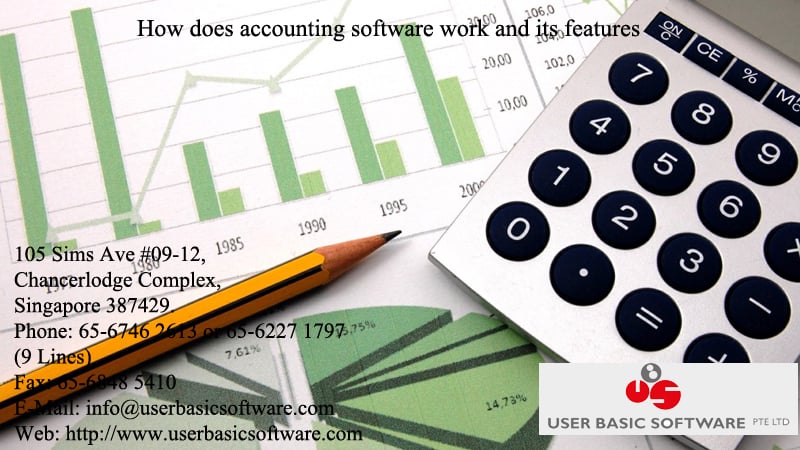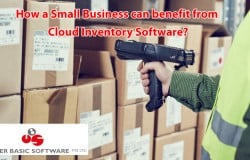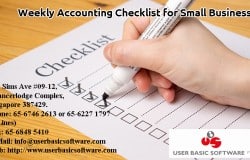Accounting Software can optimize your business in many different ways, depending on its main features and objectives. From basic invoicing to complex tax reporting, accounting systems arrive with all sorts of extras that are not even possible without an appropriate system.
Here are some of the features of accounting software:
Accounting: Accounting is the main part of each system in this category, and the one you ought to be looking for first when choosing a consistent solution. What we have in mind by ‘accounting’ is general ledger, fixed assets, accounts payable & receivable, and bank reconciliation. These are, of course, the necessary and the majority important ones, while advanced systems have much more bells and whistles to offer to their users.
Budgeting and Forecasting: This is also a general bundled unit in most accounting systems, which calculates and interprets finance act for the current year and helps approximate the budget of the upcoming one. Using it, companies can plan their estimates, and set up possible and hopeful sales targets.
Payroll management: With a collection of payroll features, you will be able to compute and process employee payments, prepare and produce their checks without delays, and react to all dynamic legal and tax commitments without errors. There will be systems out there exclusively dedicated to payroll management, used by enterprises and high-tier performers to remind them of their financial obligations.
Project accounting: Project accounting software is generally packed in divide systems that represent the accounting version of vertical industry software. The key ability of this software is to estimate and handle overheads and costs related to labor, material, and equipment, in line with all other features frequently met in accounting systems.
Billing & Invoicing: There are accounting systems completely devoted to billing and invoicing, but most of them still treat parallel operations as a basic module of any finance operation. Thus, they let customers computerize routine collections, regulate operations to new and effective payment methods and industry standards, and plan accurate and in-time invoices for their clients.
Inventory management: Inventory management is a precise toolkit developed for stock control, and where you will find all essential tools to give your business a higher shelf-life product line. This means you will be able to manage the accessibility and movement of your products and keep away from all sorts of delivery issues such as overstocking or understocking.
Fund accounting: These features are to be set up in accounting software designed for government agencies and nonprofit organizations, and contain tracking donation expenditures, grant management, governmental accounting standards board regulations, and a unique suite of financial reports.














